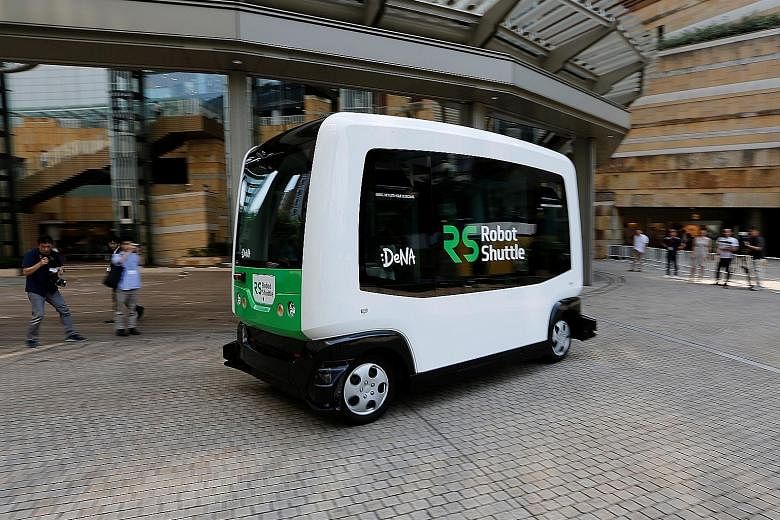NEW YORK • Even before Tesla revealed that a fatal accident had occurred while one of its cars was in semi-autonomous driving mode, a debate was well under way between researchers and engineers: Is it possible to get a driver to safely take back control of a car once the vehicle has started driving itself?
The question is relevant not only for cars of the future but also for those already on the road.
While the Tesla Model S has been getting all the attention recently, the fact is that many cars, including models from BMW, Mercedes- Benz and Volvo, now have systems that use a combination of adaptive cruise control, lane-keeping and automatic braking to enable drivers to briefly take their hands off the wheel and their eyes off the road.
Some Tesla drivers have revelled in making videos of themselves using the Autopilot feature. But the more conventional carmakers have designed their systems to take control of the car for only a few seconds at a time; the driver must be ready to resume command at any time. The National Highway Traffic Safety Administration in the US classifies such vehicles and their limited automation as Level 2 cars.
So what level should come next? In the safety agency's taxonomy, the next step would be Level 3, which describes vehicles that can drive on their own in specific circumstances, such as on the highway, but still require a human driver to be "available for occasional control, but with sufficiently comfortable transition time".
But Google, as it continues working towards what the company hopes will one day be a commercially available autonomous vehicle, has concluded that meeting such a requirement is not possible and the only safe way to proceed is to take the driver out of the equation.
Some conventional carmakers are beginning to agree.
Volvo, whose Level 2 cars include the 2017 S90, has decided to skip Level 3. Like Google, it is pursuing Level 4 cars - fully autonomous vehicles that do not require any driver input aside from setting a destination.
A car changing lanes at 80kmh should not expect a driver to be able to suddenly take control, said Mr Erik Coelingh, who leads Volvo's autonomous vehicle research programme, Drive Me.
"Some people can take control in 10 seconds, but if someone fell asleep it could take two minutes," he said. "I was in a driving simulator a couple of weeks ago, and they asked me to play Dots on my phone" while the virtual car was in control, Mr Coelingh said. "Then there was a voice asking me politely to take control, and I was like, 'Just give me a couple more seconds to beat the high score'."
Experiments conducted last year by Virginia Tech researchers and supported by the national safety administration found that it took drivers of Level 3 cars an average of 17 seconds to respond to takeover requests. In that period, a vehicle going at 100kmh would have travelled about 500m.
Despite such startling findings, some carmakers and researchers say it is too soon to abandon human intervention as vehicles become more autonomous.
"I am hesitant to write off Level 3," said Mr Shane McLaughlin, director of the Centre for Automated Vehicle Systems at Virginia Tech, who thinks additional technology may yet solve the human hand-off problem. "I feel like we can get the machine to give the person enough time to react," he said.
Such solutions might involve video and infrared systems in the car that monitor the driver's attentiveness. So-called electronic horizon technologies might also give drivers more time to react by "seeing" farther down the road, with cars able to automatically communicate with one another.
NEW YORK TIMES

